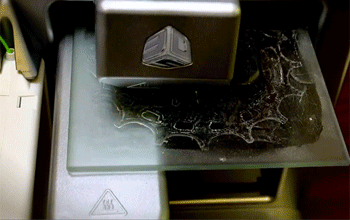Empowering creativity
3D printing, unlike approaches that cut away from an existing material, uses a digital design to build an object layer by layer.
Many 3D-printed products contain complex shapes and structures that are difficult or impossible to produce with traditional manufacturing methods such as casting, molding, forming, joining or machining.
Selective laser sintering uses high-powered lasers to selectively "sinter," or fuse, small particles of plastic, metal, ceramic or glass into 3D shapes — like how the gentle warmth from hands can form powdery snow into a solid snowball.
Inkjet 3D printing involves laying down a layer of powder and then squirting a liquid binder on the areas to be solidified — similar to conventional ink jet printers.
Other 3D printing techniques include stereolithography, sheet lamination, material extrusion, directed energy deposition and various material jetting processes.
Dawn of a new technology
NSF began supporting the precursors of 3D printing in the 1970s by funding research on computer-aided design and numerical control machining — the automated control of machining tools such as drills, lathes and mills.
In the late 1980s and early 1990s, NSF's Strategic Manufacturing Initiative proved pivotal in establishing foundational 3D-printing technologies, including inkjet 3D printing and selective laser sintering, or fusion.
Over the following decades, 3D printing has revolutionized not just traditional manufacturing industries like aerospace and automotives, but also nontraditional sectors such as art, architecture, education, entertainment, health care and scientific research.

Credit: Jonathan Blutinger/Columbia Engineering
Endless possibilities
The number of technologies customized and created using 3D printing grows by the day, including:
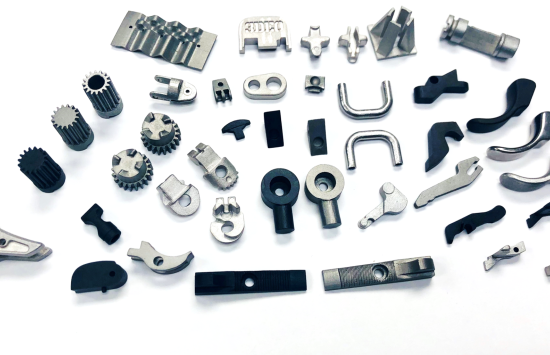
Prototypes, tools and functional parts like cogs, gears and knobs for automobiles, aircraft, consumer or industrial manufacturing, electronics and medical devices.
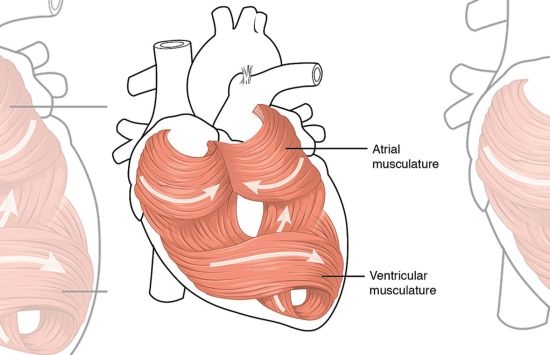
3D-printed cardiac tissues that help heart muscles beat, enabling new treatments for heart disease.
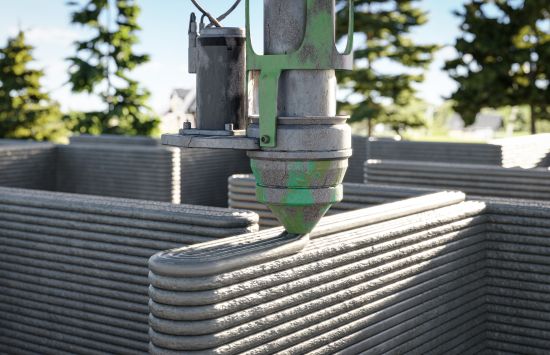
Customizable homes, offices, building facades and other architectural structures such as sustainable habitats designed for the moon, Mars and deep space exploration.
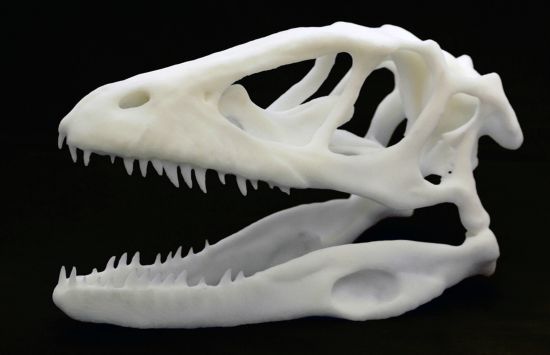
Interactive, hands-on educational materials for classrooms such as chemistry models, cogs and gears, Lego-like building blocks, fossils, historical artifacts, sculptures and tactile geographic maps.
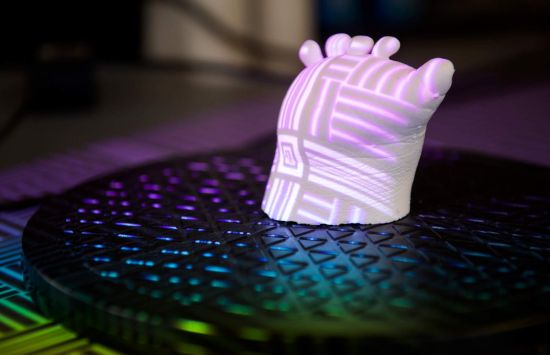
Personalized and affordable prosthetics with integrated electronic sensors to improve patient comfort and mobility.

Materials for 3D printing at the nanoscale that can offer better structural protection for satellites, drones and microelectronics.




